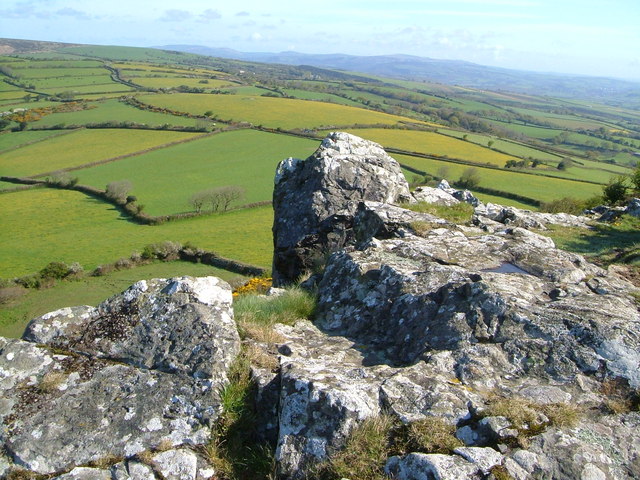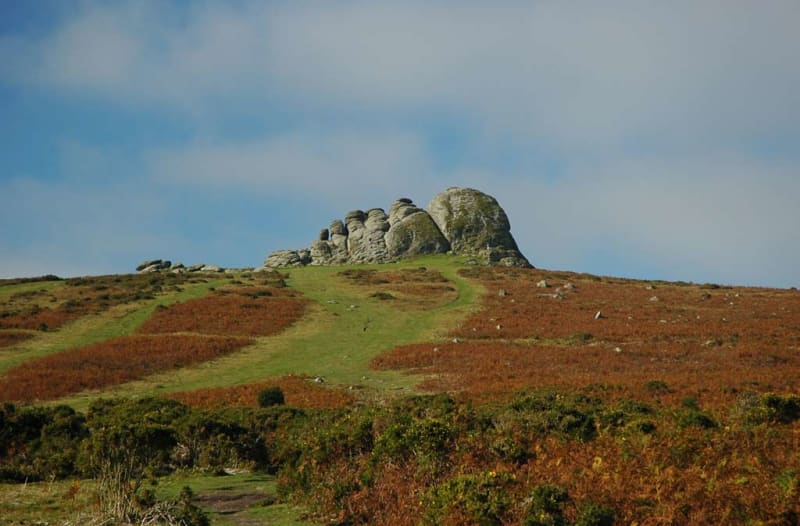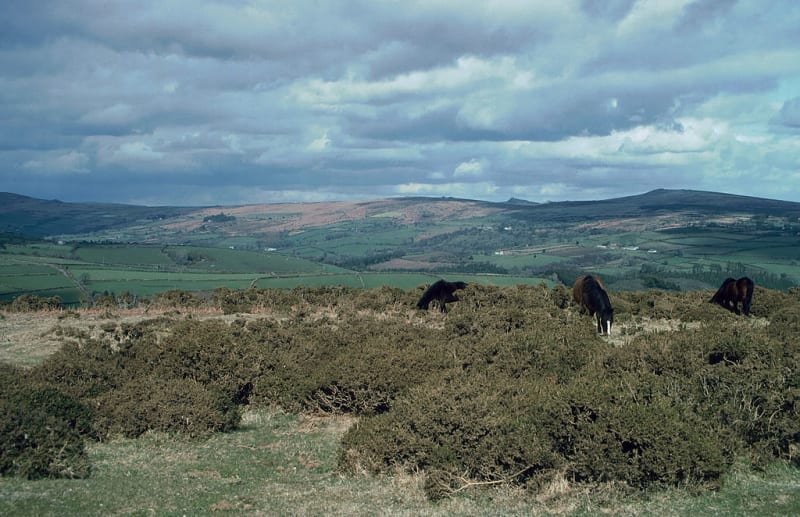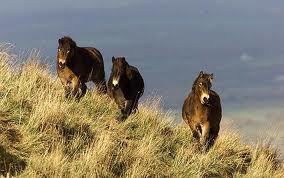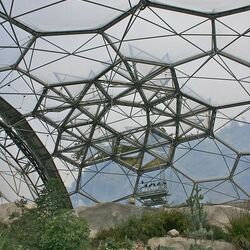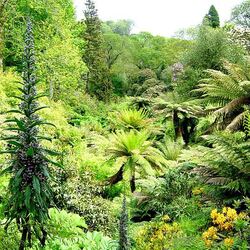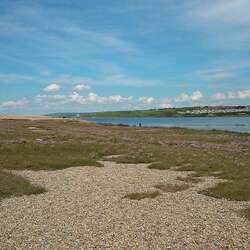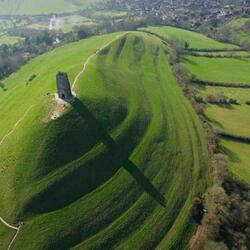Dartmoor National Park
Dartmoor is a hilly swampy area of about 650 km2 in the far south-west of England, in the county of Devonshire, as well as the national park of the same name in Great Britain. The landscape of Dartmoor is a swampy wasteland, among which granite flat hills ranging from 10 to 600 meters high are scattered.
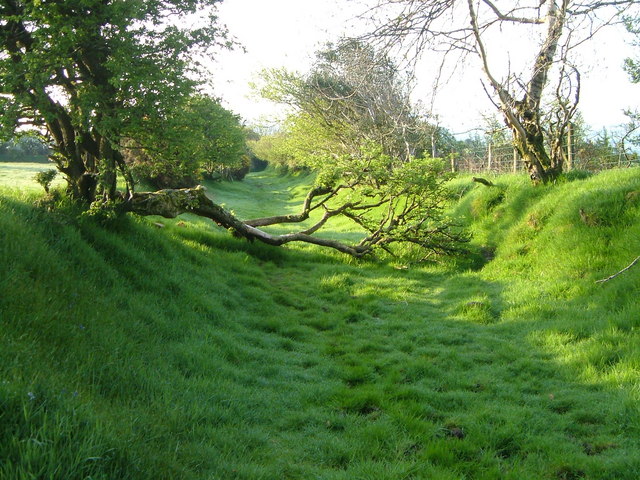
The surface of the marshes is covered with a layer of peat capable of absorbing and retaining significant amounts of water. This ability of Dartmoor's soils to store water has been used since the 16th century to supply local towns and cities. Dartmoor is rich in a variety of plants, for example, various mosses, marsh grasses, reeds, heather. To this day, the Dartmoor ponies, the oldest pony race in Great Britain, grazing in a semi-wild state, have been preserved on the wastelands of Dartmoor.
In Dartmoor, archaeologists have found numerous evidences of prehistoric human activity - primitive sites, Neolithic settlements, roads and sanctuaries. Characteristic of Dartmoor are ancient bridges made of hewn granite slabs thrown over rivers and streams. The oldest traces of human habitation in the British Isles have been discovered in caves near the town of Torquay on Dartmoor. Many archaeological finds and excavation sites on Dartmoor date back to the Bronze Age, that is, to the period between 2000 and 500 BC. e. Here, scientists have discovered more than 2,000 ancient sacred stone circles laid out (the most interesting are in Grimsound). The local population of that era belonged to the culture of bell-shaped cups. Metal products, unlike stone ones, dating back to the time of this culture, as well as human remains, are found quite rarely due to the specific acidity of the soils of Dartmoor. In addition to stone circles, menhirs are found in this area, indicating, as a rule, ancient burials. On the hilltops, archaeologists find sanctuaries of this long-vanished Devonian people and fortifications dating back to the Iron Age (for example, Hembury Fort). After the Roman conquest of Britain, the city of Exeter was founded here. In the eighth century, the county of Devon arose. Between 851 and 1003, the territory of Dartmoor was repeatedly attacked by the Danes and Scandinavian Vikings. After the Norman conquest of England in 1066, feudal castles were built here, around which cities grew over time (Barnstaple, Totnes, Lydford, and others). In the Middle Ages, starting from about the 12th and up to the 19th century, tin, silver, iron ore, copper, and manganese were artisanal mined in the marshes of Dartmoor. Devonian ports such as Plymouth, Barnstaple and Dartmouth were engaged in the export of tin mined in Dartmoor and fabrics produced here until the beginning of the 19th century.
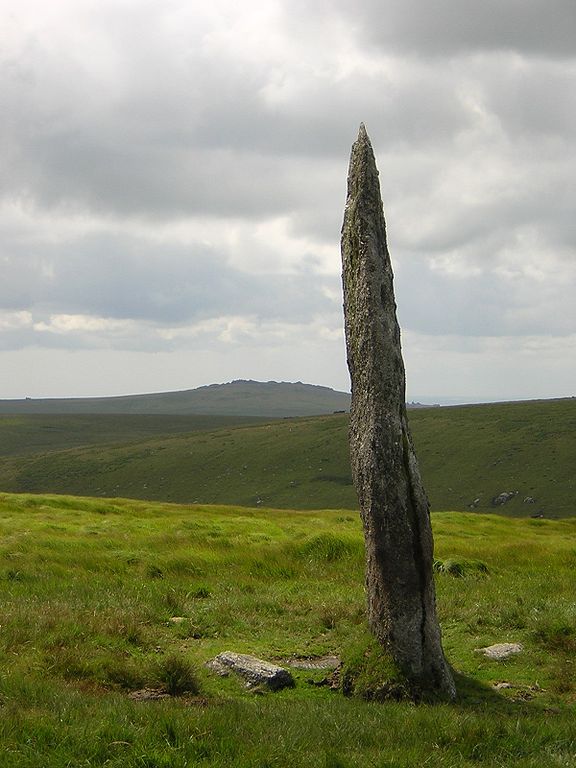
In English fiction, the gloomy wastelands and marshes of Dartmoor have repeatedly served as a source of inspiration for various writers and poets (for novels by Eden Philpotts, short stories by Blackmore, poems by N. Carrington Dartmoor). However, the most famous are the ominous descriptions of the deadly swamps and bogs of Dartmoor and the characters of its inhabitants in Arthur Conan Doyle's wonderful novel "The Hound of the Baskervilles", which takes place in the wilds of local swamps. Also on Dartmoor, the events of another work by an English writer about the detective Sherlock Holmes take place - in the story "Silver" (1892) from the collection "Memories of Sherlock Holmes (1893)".
But in addition to the picturesque romantic landscapes, this landscape offers plenty of opportunities for outdoor activities: excursions or adventurous hikes through the wastelands; cycling along quiet forest paths or off-road; kayaking on the Dart River or horseback riding through the wastelands.
